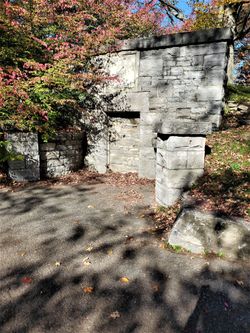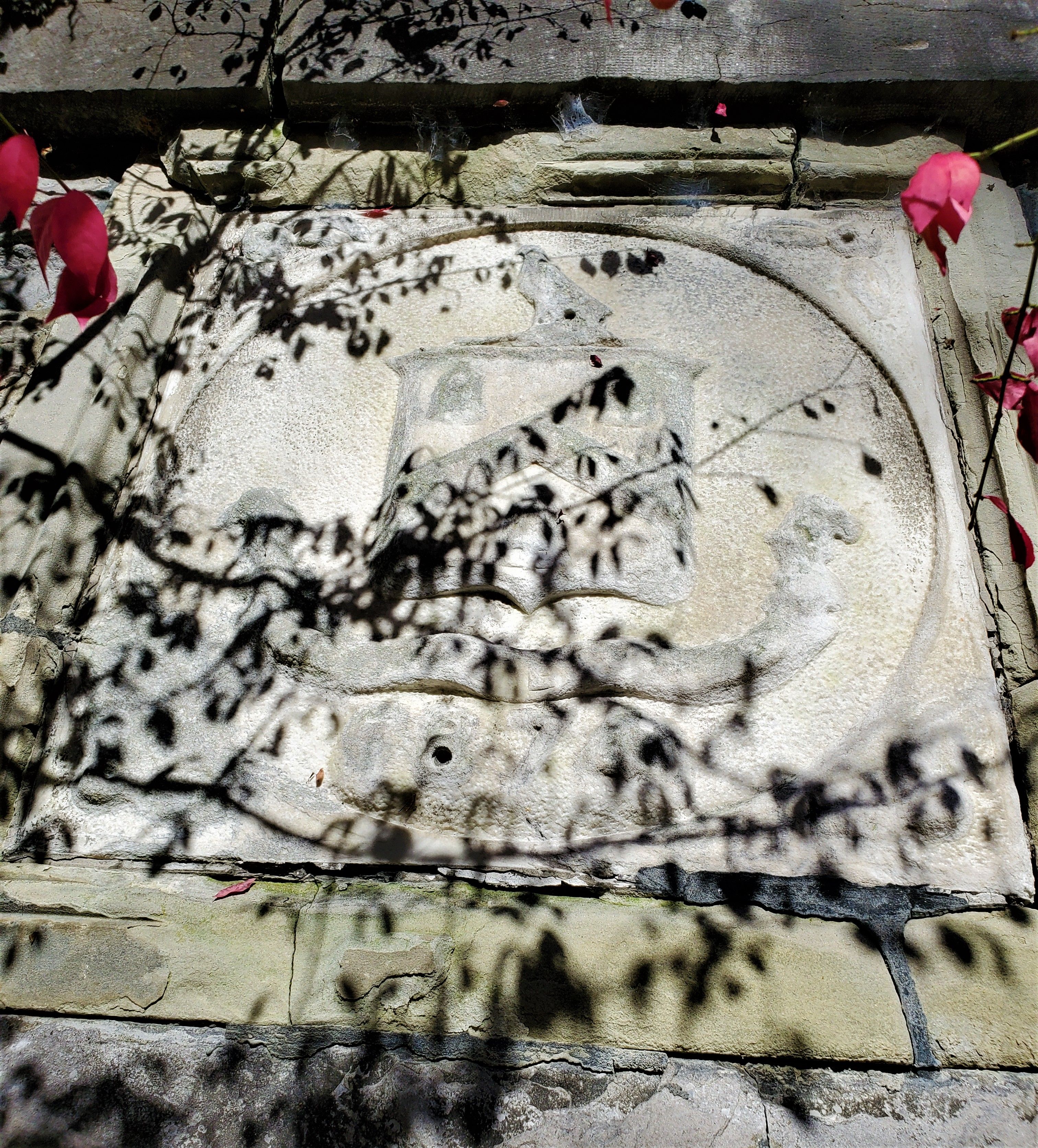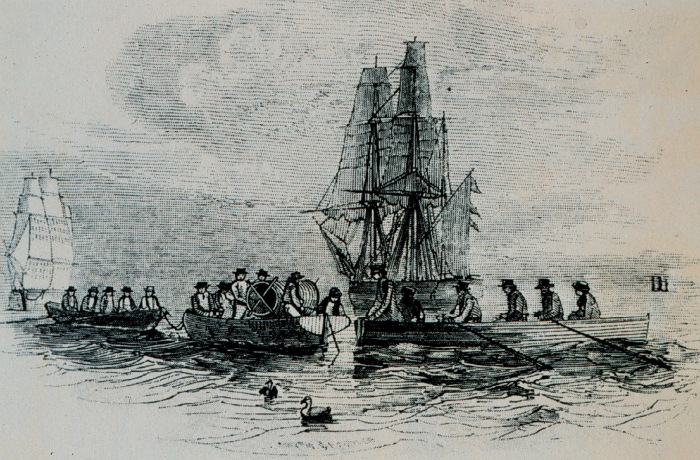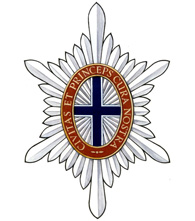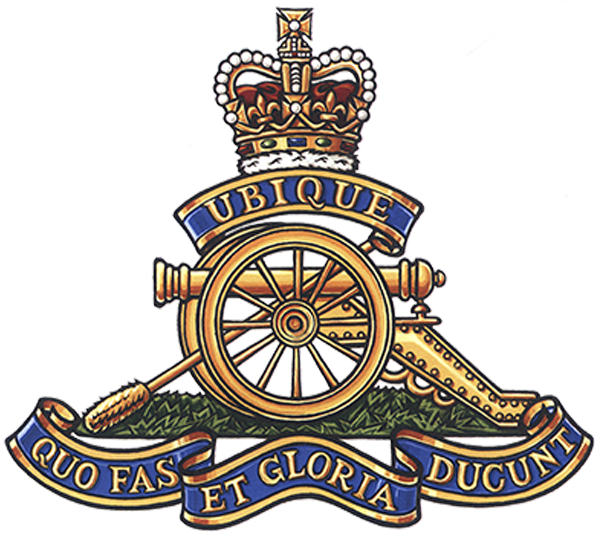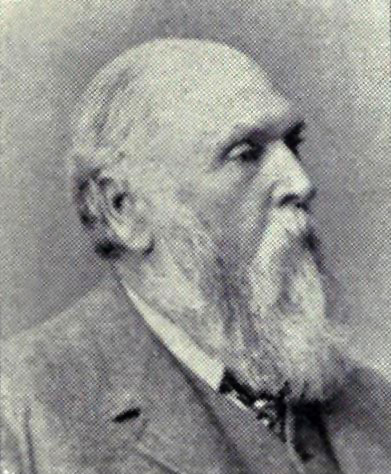
A regimental surgeon: Dr. William Ralph Bell
Dr. William Ralph Bell
The Bell Vault Section 21, Lot 27
Born in Thirsk, England on December 14, 1832, Bell was educated at Kirklington Academy and Brainham College. Once he completed his required curriculum, he went on to study areas in art, philosophy, medicine, surgery and obstetrics. He was educated at Kirklington Academy and Brainham College. Then he went on to study art, philosophy, medicine, surgery and obstetrics at Marshall College, Aberdeen University. He graduated PhD, MD, from the Royal University of Erlangan, Bavaria, in 1859; MD from the University of Vermont, in 1869; MD, CM, from the University of Bishop's College, in 1883; MD, CM, from Chicago University, in 1872.
Around 1850-1851, he served in the Arctic as a medical officer, assistant to the surgeon Dr. R. A. Goodsir of Edinburgh, on the ship "Lady Franklin", one of the many that went to the Arctic in search of the missing Sir John Franklin.
Franklin's lost expedition was a failed British voyage of Arctic exploration led by Captain Sir John Franklin that departed England in 1845 aboard two ships, HMS Erebus and HMS Terror, and was assigned to traverse the last unnavigated sections of the Northwest Passage in the Canadian Arctic and to record magnetic data to help determine whether a better understanding could aid navigation.
The expedition met with disaster after both ships and their crews, a total of 129 officers and men, became icebound in Victoria Strait near King William Island in what is today the Canadian territory of Nunavut. After being icebound for more than a year Erebus and Terror were abandoned in April 1848, by which point Franklin and nearly two dozen others had died. The survivors, now led by Franklin's second-in-command, Francis Crozier, and Erebus's captain, James Fitzjames, set out for the Canadian mainland and disappeared, presumably having perished. Many joined the search.
In 1850, 11 British and two American ships cruised the Canadian Arctic, including Breadalbane and her sister ship HMS Phoenix. Several converged off the east coast of Beechey Island, where the first relics of the expedition were found, including remnants of a winter camp from 1845 to 1846. Robert Goodsir, surgeon on the brig Lady Franklin, found the graves of John Torrington, John Hartnell, and William Braine. No messages from the Franklin expedition were found at this site.
He settled in New Edinburgh, east side of Ottawa, in 1866, taking a home on Stanley Road, where lived until his passing. He was a mason and member of the St David's Episcopal Church.
He was a member of the College of Physicians and Surgeons of Ontario and Quebec. He served with the Governor General's Foot Guards since it's formation, as an Assistant Surgeon. He was also attached as Assistant Surgeon to Ottawa Field Battery of Artillery.
The Governor General’s Foot Guards (GGFG) is the senior reserve infantry regiment in Canada. Located in Ottawa at the Cartier Square Drill Hall, the Regiment is a primary reserve infantry unit and our members are part-time soldiers who serve Canada.
The Ottawa Field Battery of Artillery was formed on September 27 1855 by a Militia General Order. The Field Battery was put up in the Commissariat Building beside the Rideau Canal, which is still standing today, serving as the home of the Bytown Museum.
He retired as a Lieutenant-Colonel. He died on March 22, 1915, at the age of 82. He was buried at Beechwood in the Bell Vault.
